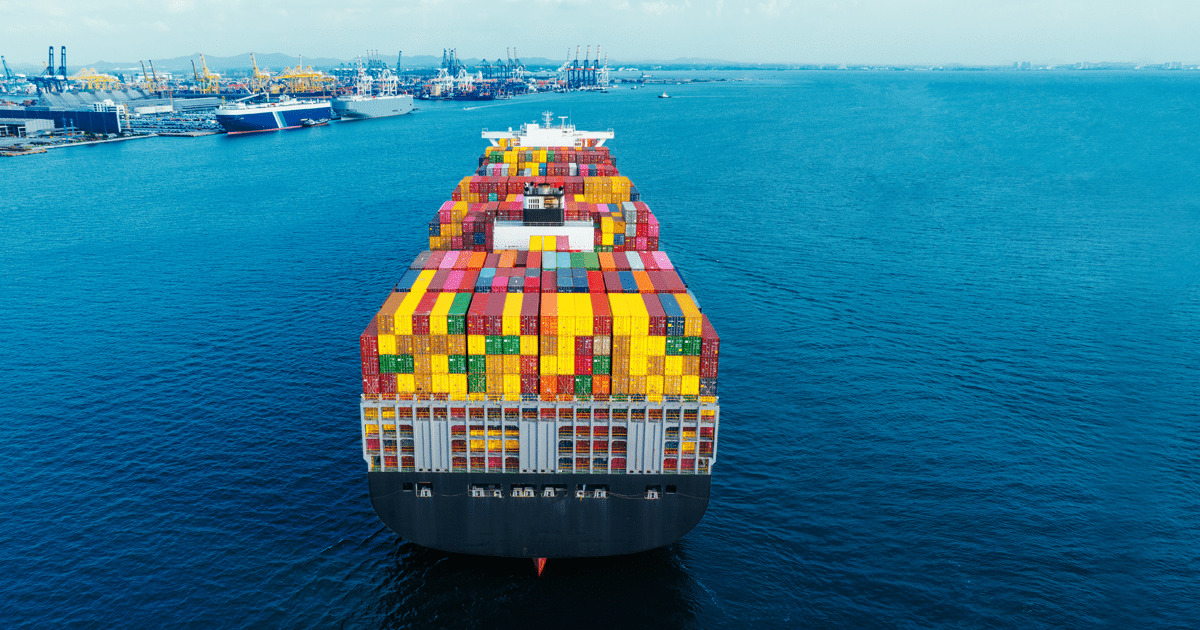The correct steps for the export process from the Kingdom of Saudi Arabia

Saudi Arabia has a strategic geographical location and a diversified economy, making it one of the largest emerging markets for export operations. However, the export process is a challenge that requires good planning and comprehensive preparation to ensure success in global markets.
In this article, we will discover the correct steps for the export process from Saudi Arabia, and provide your comprehensive guide to international success. We will give you step by step how to prepare for the export process, the necessary planning, and the procedures required to facilitate the export process.
The correct steps for the export process
- Determine the goal of the export process, such as increasing revenues, expanding the customer base, or enhancing international reputation.
- Identify the target market and study its requirements and preferences. Conduct a market study to understand the demand for potential and competitive products.
- Identify the standards and regulations that may affect the export process in the target market.
- Identifying goods or services that suit the needs of the target market and have a competitive advantage.
- Develop a business plan that includes the goals, strategies, and resources required to successfully implement the export process.
- Contracting with international shipping and transportation companies to ensure that products reach the target market smoothly and in a timely manner.
- Arranging the financial accounts and insurances necessary for the operation.
- Develop appropriate marketing strategies to support the export process and increase the popularity of products.
- Follow up on the performance of the export process and evaluate the results to identify strengths and weaknesses and take corrective actions if necessary.
- Ensure that all regulations and laws related to export operations are followed, whether at the local or international level.
- By following these correct and proven steps, companies can achieve sustainable success in export operations and expansion into global markets.
Identifying suitable goods for export
Identifying suitable goods for export is an important process that enables companies and countries to maximize profits and promote economic success in global markets. Here's a detailed explanation:
Understanding the local market (Domestic Market Analysis):
Capacity analysis: Study of local production capabilities and the type of products that can be produced efficiently and with high quality.
Competitive advantage: Identifying goods that have a competitive advantage in the local market and that can be attractive in foreign markets.
Research in foreign markets (Market Research)
Demand Analysis: Knowing which goods have high demand in international markets.
Market Analysis: Study potential markets in terms of size, growth, and consumer trends.
Competition: Consider the level of competition and the factors that influence it such as prices, quality, and innovations.
Compatibility with international standards
Quality and Specifications: Ensuring that products meet international standards and requirements in quality and safety.
Certifications and Accreditations: Obtain any certifications or accreditations that may be required to enter a particular market.
Costing Analysis
Production costs: Evaluating the costs of producing the commodity and comparing them to global market prices.
Pricing: Setting an export price that is competitive and profitable, taking into account cost and factors such as inflation and currency rates.
Regulatory Environment
Laws: Knowledge of the laws and regulations in force in the target country and their impact on the trade of specific products.
Trade Agreements: Benefiting from any trade agreements between the exporting country and the importing country.
Sustainability and social responsibility
Environmental sustainability: The extent to which the production and shipping of a good affects the environment.
Social Impact: Considering fair business practices and their positive impact on communities.
Brand development and promotion
Brand Marketing: Building a strong brand that is reliable and recognizable in global markets.
Promotion: Strategies for promoting the product in global markets through trade shows, advertising, and digital marketing.
Logistical planning
Transportation and Shipping: Consider transportation options and calculate shipping costs and times.
Insurance and Risk: Product insurance and international transportation risk management.
Combining detailed market research with overall analysis of operations makes it possible to identify goods that have the highest chances of export success. Continuous work must be done to improve quality, cost and marketing strategies to maintain the competitiveness of these goods in global markets.
Determine target markets
Identifying target markets is a crucial step in the export process as it contributes to defining the ultimate goal of the process and directing efforts and resources towards the markets that are considered the most attractive and have the most chances for the success of the process.
By identifying target markets, a company can focus its efforts on better meeting the needs and preferences of customers in those markets, thus increasing the chances of a successful export and achieving tangible financial gains.
Based on market studies and extensive analysis, a company can identify markets with high demand for its products, that are suitably competitive, and that fit its marketing and business strategy.
In short, identifying target markets helps companies achieve sustainable success in the export process by setting the right direction and focusing on real opportunities that enhance business growth and enhance its international expansion.
Choose the appropriate means of transportation
It is an essential part of the export process as it plays a crucial role in transporting products from the exporting country to the importing country smoothly and efficiently. Determining the correct means of transporting products contributes to ensuring that they arrive in good condition and on time, which enhances customer confidence and achieves their satisfaction.
By choosing the appropriate means, transportation costs can be reduced and the overall process efficiency improved. Several factors must be taken into consideration when determining the transportation method, such as the type of product, the distance traveled, time, and shipping cost. By well organizing the transportation process, the company can avoid delays and problems resulting from the transportation of products.

